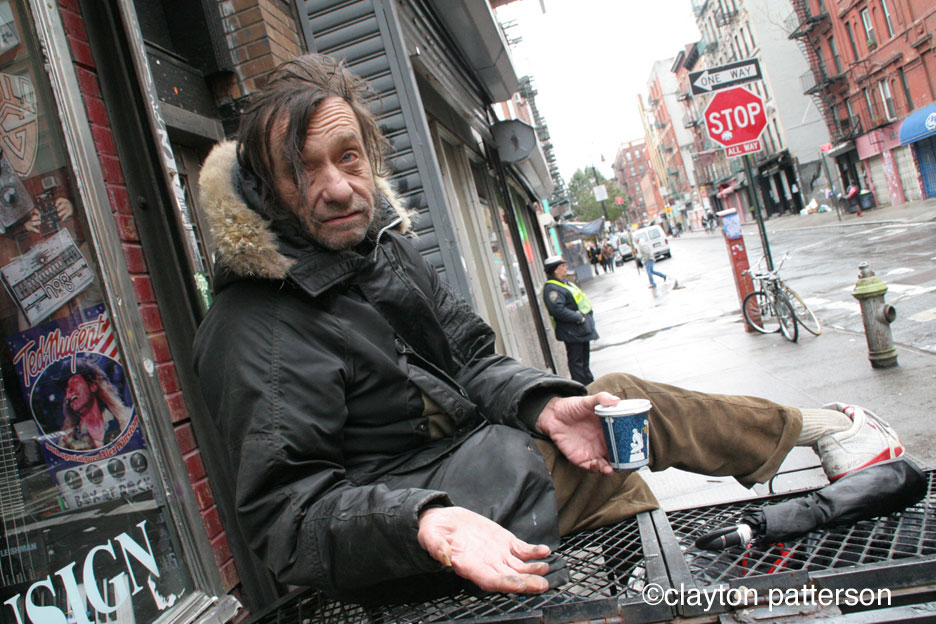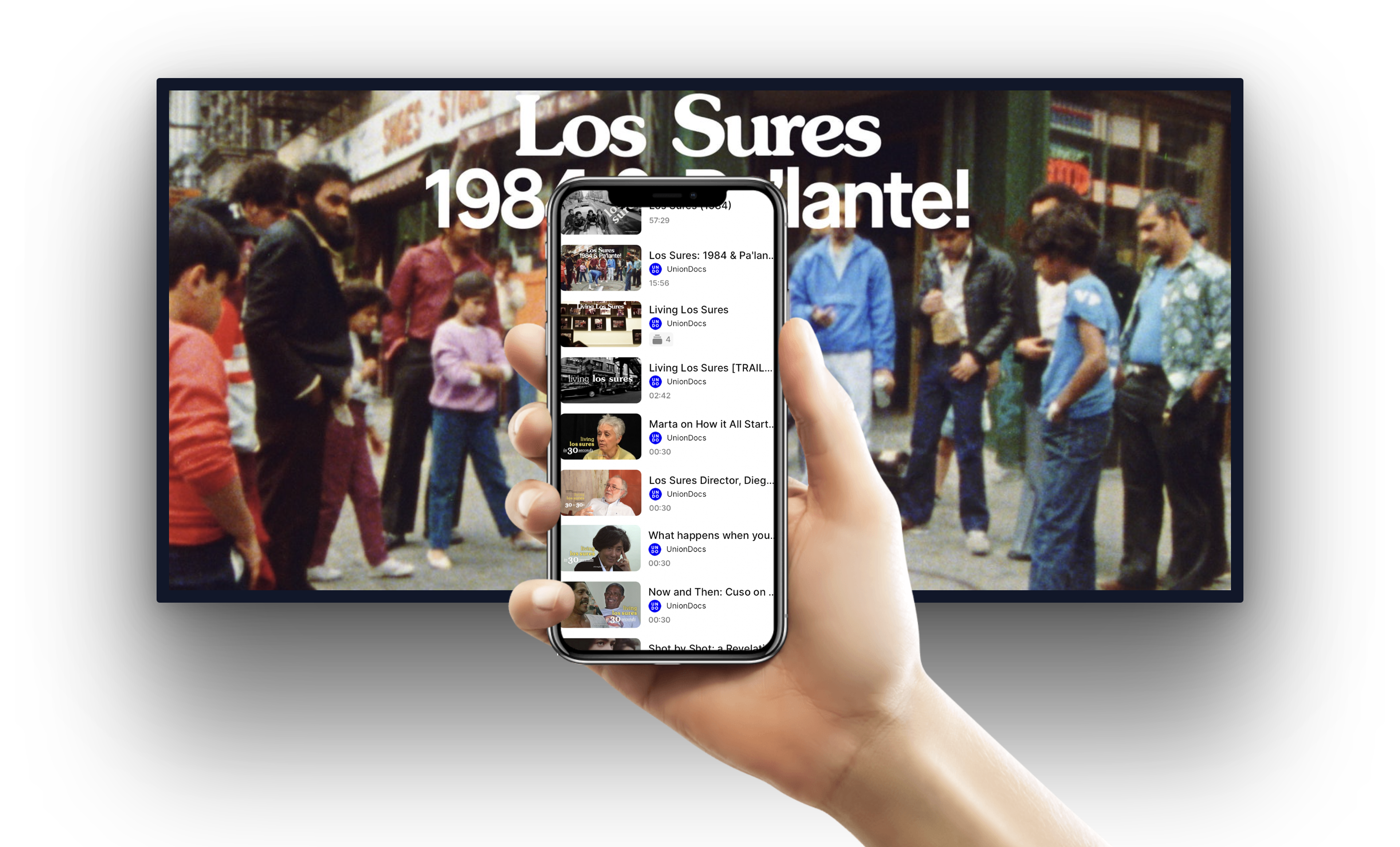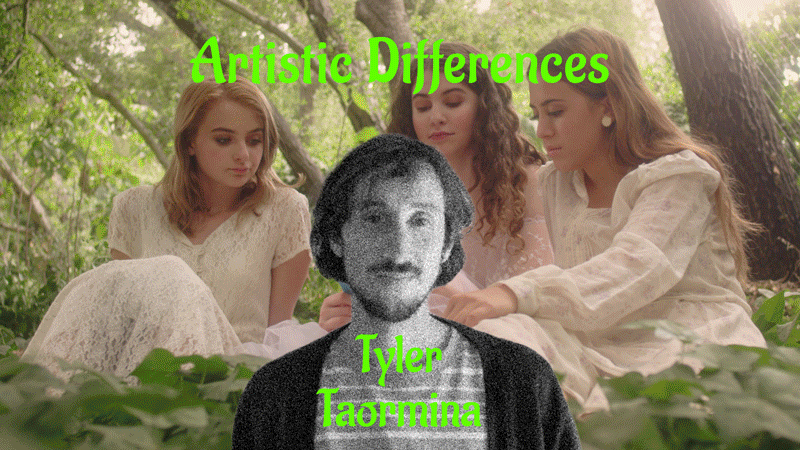New York City has a long history of street photography, tracing back to the 1800’s and early practitioners like Jacob Riis and Alfred Stieglitz. While rooted in Parisian traditions, New York street photography developed by its own rules. “New York was, in contrast to Paris, a tough graceless town,” according to Bystander: A History of Street Photography. “It demanded another kind of imagery.”
By the 1940’s, the work of street photographers like Weegee and Helen Levitt led to the “so-called ‘hard boiled’ strain of photography – cynical, gritty, raw – of post-war American photographers such as Robert Frank, William Klein, Garry Winogrand,” according to Street Photography: From Atget to Cartier-Bresson.
Faced with the challenge of capturing “The Greatest City in the World,” New York’s street photographers often labored obsessively, building massive bodies of work, while struggling to be published. Entire photo archives sometimes remained unseen, as in the case of Angelo Rizzuto, who died unknown in 1967 and left 60,000 unpublished images to the Library of Congress, which were only compiled into a retrospective book – Angel’s World – in 2006.
Today, however, the wide availability of digital cameras and computers has resulted in an explosion of new photographers roaming the streets of New York, who publish their work on photo blogs and photo networking websites like Flickr. Emerging street photographers no longer need to work in obscurity, and can immediately present new work to a large audience online or self-publish a book with a few clicks of the mouse.
But it takes more than a camera and a computer to be a successful contemporary street photographer. This conversation with several practicing New York street photographers will discuss the current state of street photography, and consider what may lie ahead, down the road. – Nathan Kensinger, curator
 Nathan Kensinger is a documentary filmmaker and photographer living in Brooklyn. He photographs New York City’s abandoned and industrial edges. Nathan publishes two photo essays a month at his website, which was nominated as one of NYC’s Best Photo Blogs by the 2010 Village Voice Web Awards. His photographs have been published in the NY Times, NY Post, NY Daily News, NY Magazine, NY Sun and The Village Voice. Nathan previously exhibited some of his street photography at UnionDocs, in his showcase Abandoned Brooklyn. He has exhibited his photographs at the Brooklyn Museum, the Museum of Contemporary African Diasporan Arts, and in solo shows at the Brooklyn Library and UnionDocs. Nathan is also the Director of Programming for the Brooklyn Film Festival.
Nathan Kensinger is a documentary filmmaker and photographer living in Brooklyn. He photographs New York City’s abandoned and industrial edges. Nathan publishes two photo essays a month at his website, which was nominated as one of NYC’s Best Photo Blogs by the 2010 Village Voice Web Awards. His photographs have been published in the NY Times, NY Post, NY Daily News, NY Magazine, NY Sun and The Village Voice. Nathan previously exhibited some of his street photography at UnionDocs, in his showcase Abandoned Brooklyn. He has exhibited his photographs at the Brooklyn Museum, the Museum of Contemporary African Diasporan Arts, and in solo shows at the Brooklyn Library and UnionDocs. Nathan is also the Director of Programming for the Brooklyn Film Festival.
 Jake Dobkin was born and raised in Brooklyn, and continues to live there today. He is a documentary photographer focused on urban landscapes. Jake publishes his photographs of street art at Streetsy.com and his own street photography at Bluejake.com. His photography has been covered by the NY Times, featured on WNYC: Street Shots, and has been exhibited at the Factory Fresh Gallery in Bushwick. In his spare time Jake is also the publisher of Gothamist and its network of local websites.
Jake Dobkin was born and raised in Brooklyn, and continues to live there today. He is a documentary photographer focused on urban landscapes. Jake publishes his photographs of street art at Streetsy.com and his own street photography at Bluejake.com. His photography has been covered by the NY Times, featured on WNYC: Street Shots, and has been exhibited at the Factory Fresh Gallery in Bushwick. In his spare time Jake is also the publisher of Gothamist and its network of local websites.
Clayton Patterson is a photographer and artist living in the Lower East Side. In 2008, his life and work were featured in the documentary film Captured , which states: “Since 1979 Clayton Patterson has dedicated his life to documenting the final era of raw creativity and lawlessness in New York City’s Lower East Side, a neighborhood famed for art, music and revolutionary minds.” Clayton’s photography archive numbers in the hundreds of thousands, and his books include Front Door (2009) and Wildstyle (2003). His work has been widely published and exhibited, and in 2010, Clayton appeared in Everybody Street, a documentary film about New York street photographers.
 Matt Weber was born in New York City in 1958 and started taking photos while driving a taxi back in 1984. His first monograph – The Urban Prisoner – was published by Sanctuary Books in 2004. His work has been published in Popular Photography, Photographica, Hamburger Eyes and many other publications, and he has had solo exhibits at the Jan Van Der Donk Gallery (NYC) and the Peninsula Arts Center (Newport News). Matt is represented by Harper Levine of East Hampton.
Matt Weber was born in New York City in 1958 and started taking photos while driving a taxi back in 1984. His first monograph – The Urban Prisoner – was published by Sanctuary Books in 2004. His work has been published in Popular Photography, Photographica, Hamburger Eyes and many other publications, and he has had solo exhibits at the Jan Van Der Donk Gallery (NYC) and the Peninsula Arts Center (Newport News). Matt is represented by Harper Levine of East Hampton.














